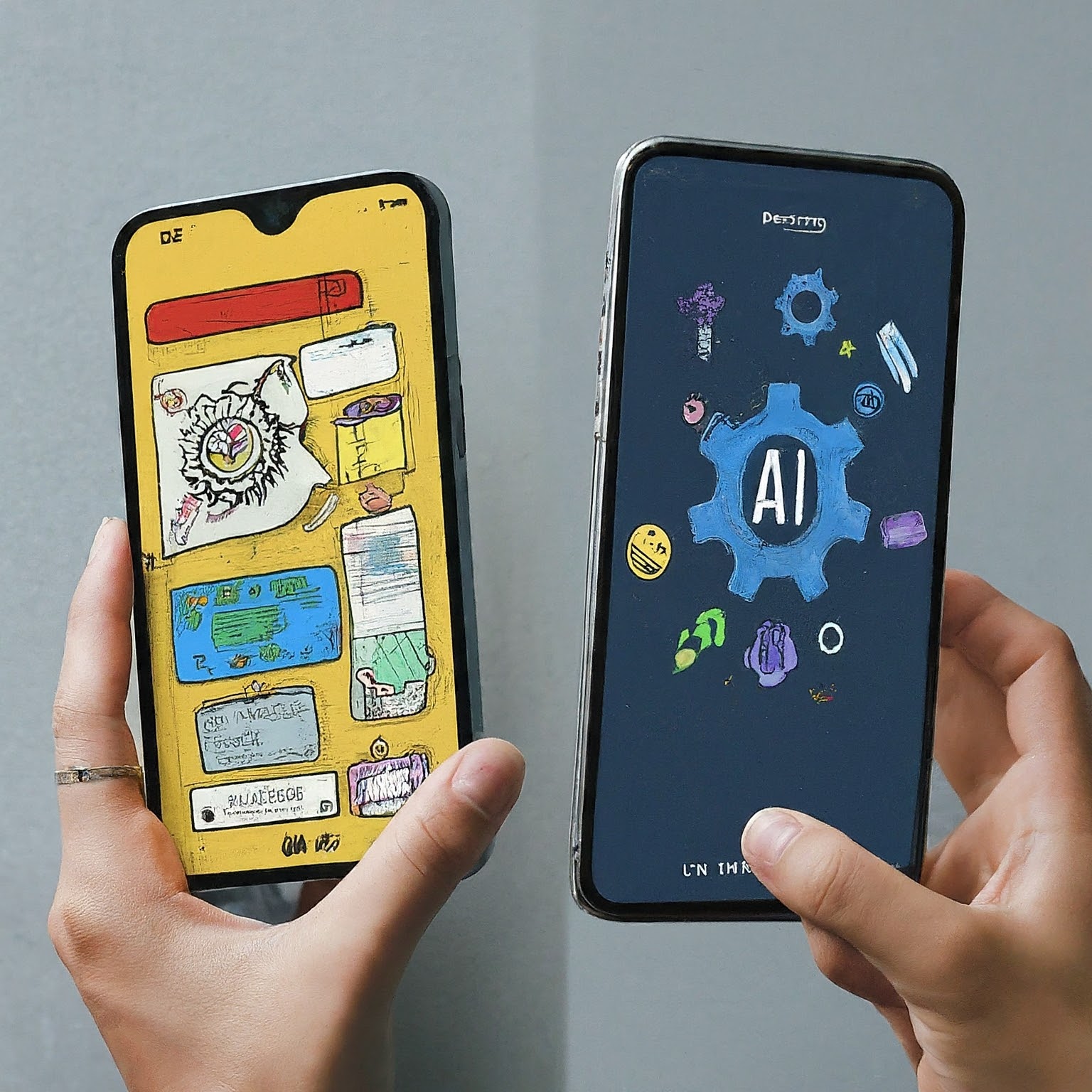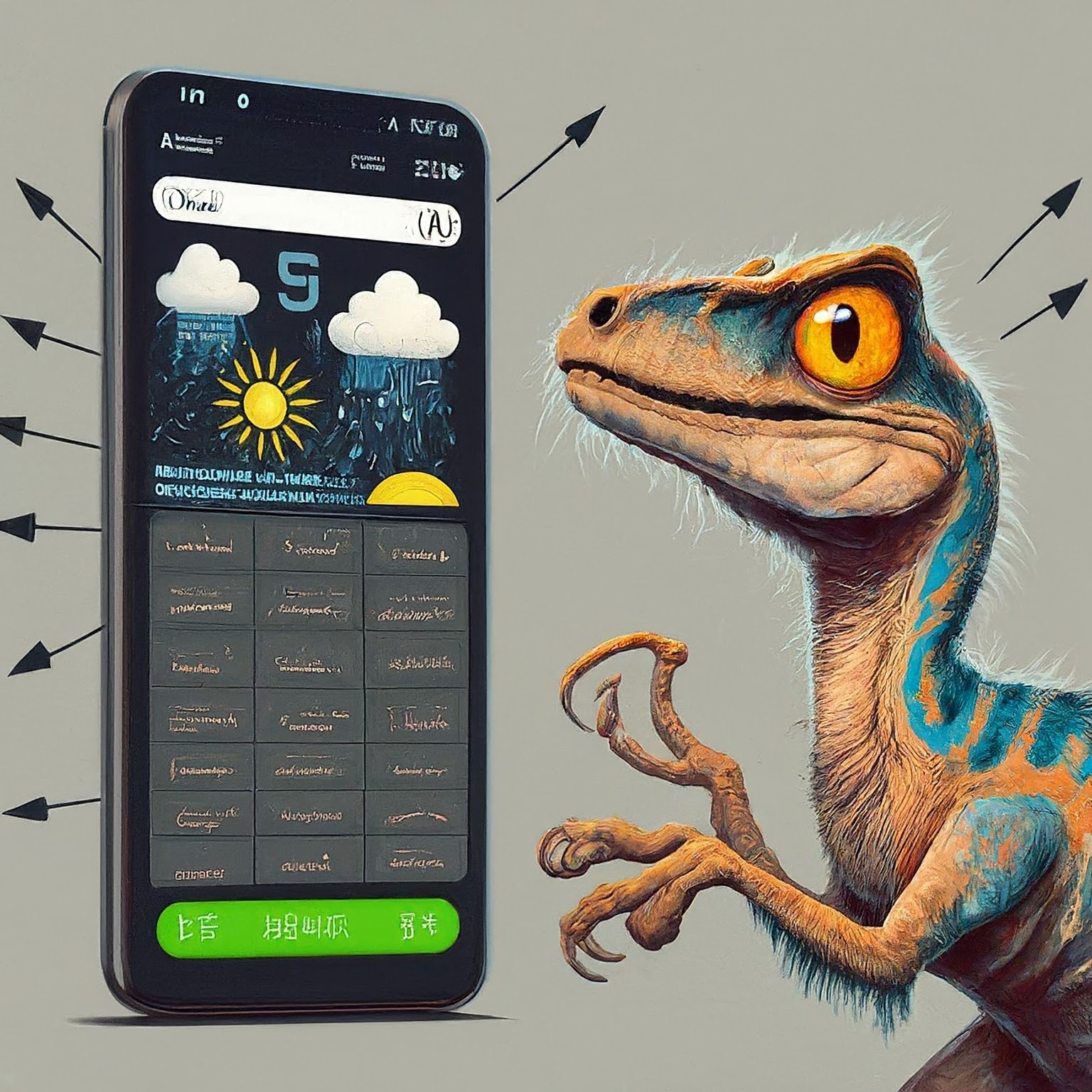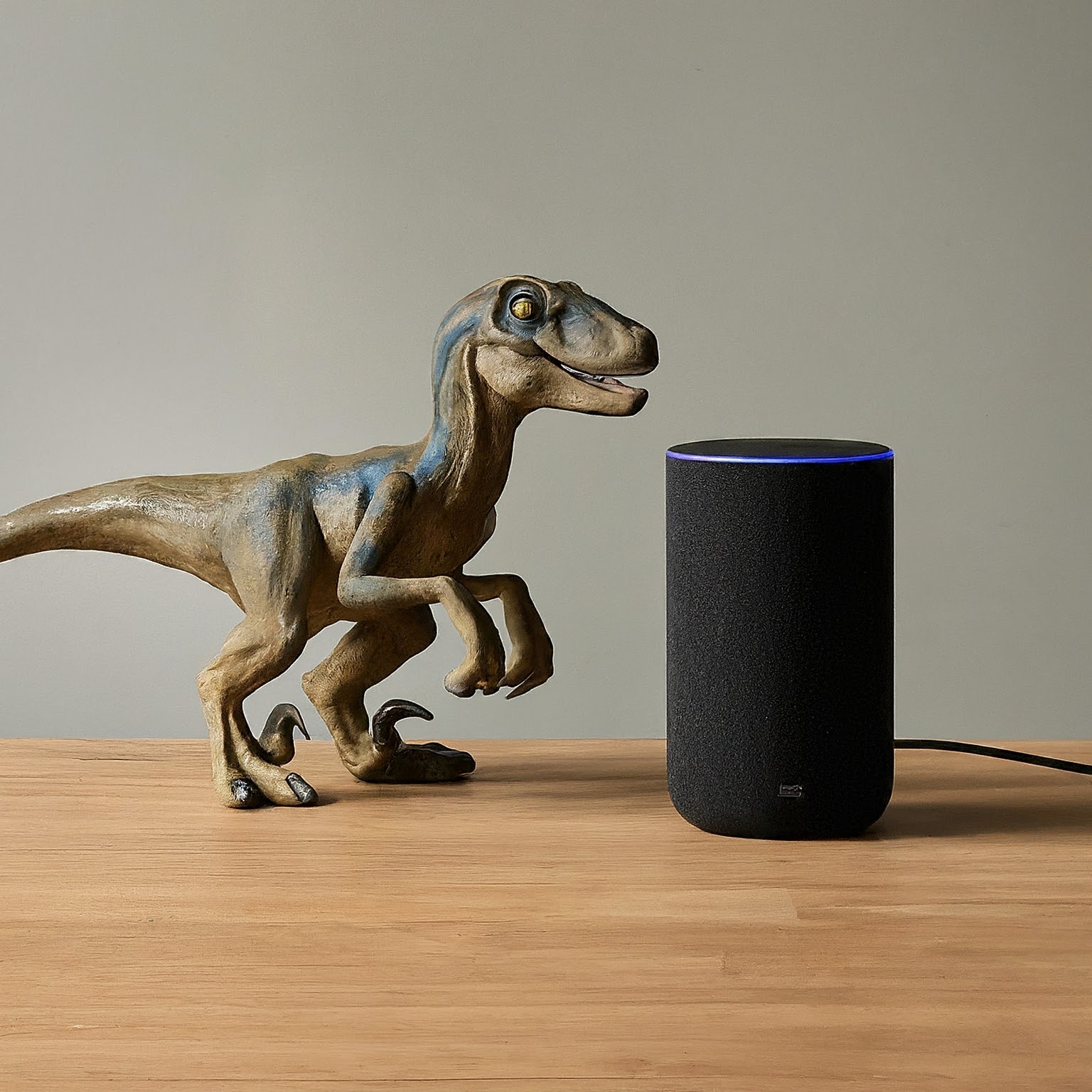Leveraging AI to Optimize Mobile App UX

With nearly 257 billion app downloads in 2023 alone and an average of 1,289 apps uploaded daily, having something that helps your app stand out in the app marketplace is critical. Our take? Prioritize the user experience (UX), which can easily make or break a product. But with so many suggestions and different approaches to enhance UX, especially with Artificial Intelligence, you might be getting overwhelmed. But fear not! As Artificial Intelligence (AI) continues to evolve, so does your toolkit.
AI emerges as a powerful tool to transform mobile app UX. But the transformation goes beyond automation or adding flair; it’s about creating more intuitive, engaging, and personalized experiences for users. For teams working with decision makers like founders, product managers, and C-level executives, integrating AI into mobile apps is not just something new and trendy, but a strategic move to stay ahead of the curve. So let’s see how AI can be integrated into mobile apps to enhance UX through features like personalized recommendations and predictive analytics.
Why AI in Mobile App UX?
AI offers unprecedented opportunities to elevate mobile app experiences, and by harnessing AI, businesses can:
-
Deliver Personalized User Journeys
-
Anticipate and Respond to User Needs with Predictive Analytics
-
Enhance Interactions with Natural Language Processing (NLP)
Let’s dive into each of these benefits to see how we can leverage their benefits for mobile UX.
1. Deliver Personalized User Journeys
Personalization is at the center of the modern user experience. Users today expect content and interactions tailored to their preferences and behavior… and they expect it fast. AI can help apps quickly analyze user patterns and data, and provide highly customized experiences. Machine learning algorithms, for example, can track user interactions and preferences to recommend relevant content, products, or services. For instance, a music streaming app like Spotify uses AI to curate playlists based on individual listening habits, which in turn enhances user satisfaction and drives up engagement.
Furthermore, context-aware recommendations powered by AI can adapt to the user’s current situation, such as time of day or location, offering more relevant and timely experiences. This sort of personalization goes further than anticipating user needs but builds a deeper connection between the user and the app. Bekah Hanson, Lead Product Designer at Rapptr, notes that tools like Figma’s Generate can be helpful in creating initial user flow maps, which streamline the design process and enhance personalization efforts. Additionally, they use ChatGPT to help understand user needs, further tailoring the app experience to individual preferences.
2. Anticipate and Respond to User Needs with Predictive Analytics
Predictive analytics powered by AI has the potential to significantly enhance UX by forecasting user behaviors and needs. It works by analyzing historical data and identifying trends which then the AI can use to predict future actions, enabling apps to proactively cater to users. An example of this would be something like Shopify, a popular e-commerce platform. Apps like Shopify can use AI for predictive analysis of user browsing and purchasing history to generate personalized product suggestions. These sorts of features have similar benefits for delivery services such as DoorDash, GrubHub, and Uber Eats which can suggest the next meal to order based on previous orders. Similarly, ride-sharing apps like Uber and Lyft can anticipate demand and adjust availability and pricing dynamically.
This proactive approach ensures that users receive the services and information they need before they even realize they need them. AI-driven predictive capabilities also allow for more efficient resource management. By anticipating activity patterns, apps can optimize performance and allocate resources better. Bekah points out that integrating existing AI toolsets into your product involves partnering with developers to find the best implementation method. This strategic partnership ensures that predictive analytics are integrated, offering a smooth user experience.
3. Enhance Interactions with Natural Language Processing (NLP)
Natural language processing (NLP) is revolutionizing how users interact with mobile apps. NLP enables apps to analyze and engage with user inputs in a more human-like manner, making the interactions more intuitive and engaging. Familiar examples for most people include voice assistants like Apple’s Siri, Amazon’s Echo, and Google Assistant, which leverages NLP to comprehend and process spoken commands, providing users with a hands-free and natural way to interact with their devices. Similarly, chatbots in customer service apps use NLP to interpret user queries and provide users with accurate, context-aware responses, enhancing user satisfaction and reducing response times.
By integrating NLP, apps can also break down language barriers, offering multilingual support and broadening their reach to a global audience. This ability to communicate effectively and understand user intent, regardless of language, significantly enriches user experience. Bekah highlights that AI tools are also used to support specific industry applications, such as OPSIQ’s coaching features that leverage AI for call reporting. These applications demonstrate how NLP can enhance specialized interactions.
Conclusion
Incorporating AI into mobile app development is more than just a technological upgrade; it’s a strategic enhancement that can set an app apart in the app marketplace by elevating user experience to new heights. From delivering personalized journeys and anticipating user needs to enhancing interactions through NLP, AI has the potential to transform how users engage with apps.
As you consider the possibilities of AI for your mobile app development, take a moment to assess the technical steps involved and the potential challenges. Bekah suggests that emerging trends in AI will continue to impact mobile app UX by speeding up the design and enabling the creation of AI-based app projects, such as Claude, Wysa, and Pi. These innovations can improve efficiency, minimize staffing needs, and pique user interest by incorporating new technologies.
Reach out to us to see which development approach works best for your project!
Read more academy articles →


